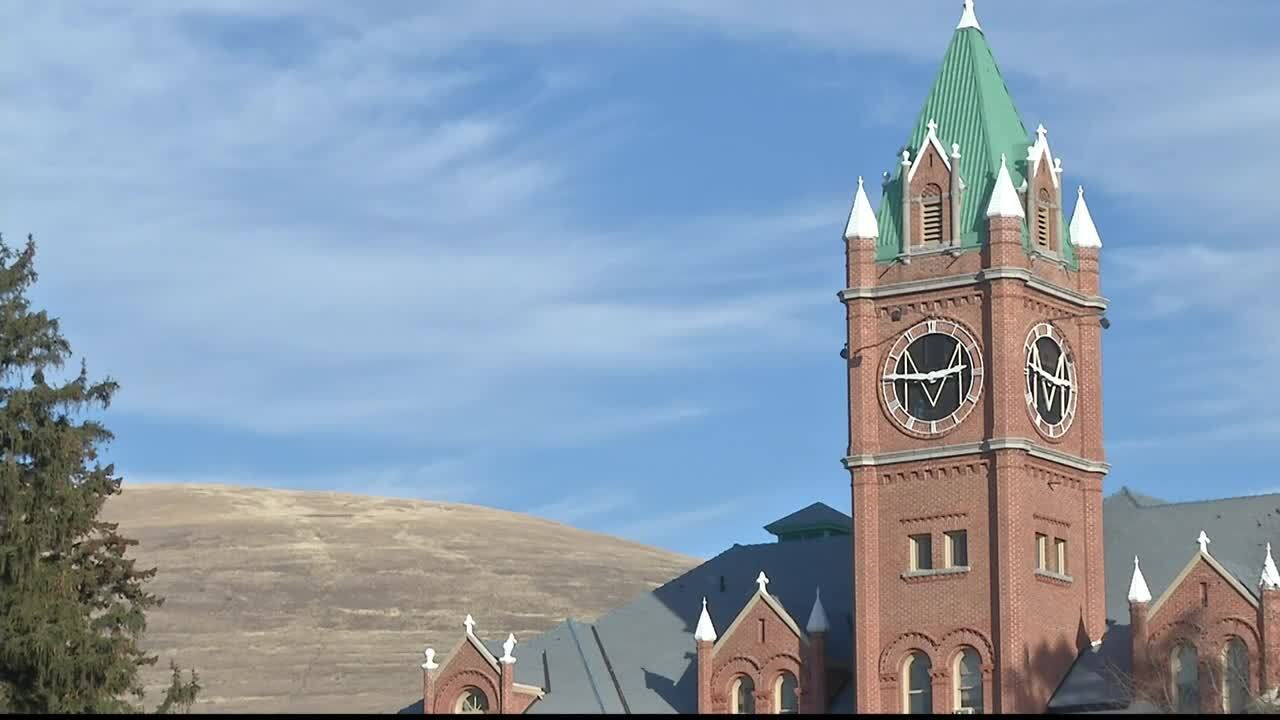MISSOULA — Two recent University of Montana studies are demystifying how increasing wildfires and hotter annual temperatures limit forest regeneration in the Western U.S., revealing that our capacity to plant trees can’t keep pace with reforestation needs.
The first UM study was led by Solomon Dobrowski, a researcher in the W.A. Franke College of Forestry and Conservation. He found that between1984 and 2021 severe fires across the Western U.S. created 5.9 million acres of reforestation needs — a quarter of which was created by just 20 large wildfires since 2000.
As the Earth warms and the fire season becomes longer and more severe, the findings project these reforestation needs could double or even triple by 2050.
“Forests in the Western U.S. are contending with a lethal combination of severe fires that kill existing trees, coupled with increasingly inhospitable post-fire conditions that limit tree regeneration,” Dobrowski said. “If we want to maintain the forests we know and love, we will need to get serious about scaling reforestation efforts.”
While severe fires create large areas in need of reforestation, a warming climate simultaneously limits a forest’s ability to regenerate on its own. The second study, led by Rocky Mountain Research Station scientist Zach Holden with Dobrowski as a coauthor, shows that 13% to 20% of existing forested areas in the Western U.S. are subject to soil surface temperatures that exceed the thermal thresholds for conifer seedlings to grow. As tree overstories dwindle due to wildfire, larger areas are left unshaded and exposed, increasing soil temperatures and subjecting forests to regeneration failure.
“This means that relying on natural regeneration or tree planting may not be enough as the soil itself may be too hot for seedlings to successfully develop,” Holden said.
Historically, investments into timber and fiber industries helped to meet post-fire reforestation needs. However, a 50-year decline in these economies has resulted in a cumulative shortfall of about 3.8 million acres of unmet reforestation needs. Dobrowski said this growing cadence of wildfires is creating a gap between reforestation needs and the capacity of land managers to fill those needs.
Drought, warming and human use are exacerbating the issue. The immediacy of this phenomenon has spurred federal funding for this research led by UM forest scientists, with multiple related projects supported by the National Science Foundation, NASA and the U.S. Department of Agriculture.
Dobrowski said a key challenge to reversing the deforestation trend will be developing reforestation infrastructure like greenhouses and seed nurseries that can respond readily to the year-to-year variability of area lost due to wildfire, while still being agile enough to be maintained long-term.
The study suggests new economic drivers that modernize and incentivize tree planting efforts could use conservation financing to expand the reforestation pipeline and promote wildfire-resilient landscapes.
“To improve the pace of the reforestation pipeline, the research underscores the need for a wider range of actions, such as increased public and private partnerships, as well as leadership and innovation,” Dobrowski said.
Innovative reforestation approaches such as the use of climate-adapted seed zones, increased diversity of tree species and fire-resistant planting patterns could better ensure the resilience of our forests into the future, he said.


